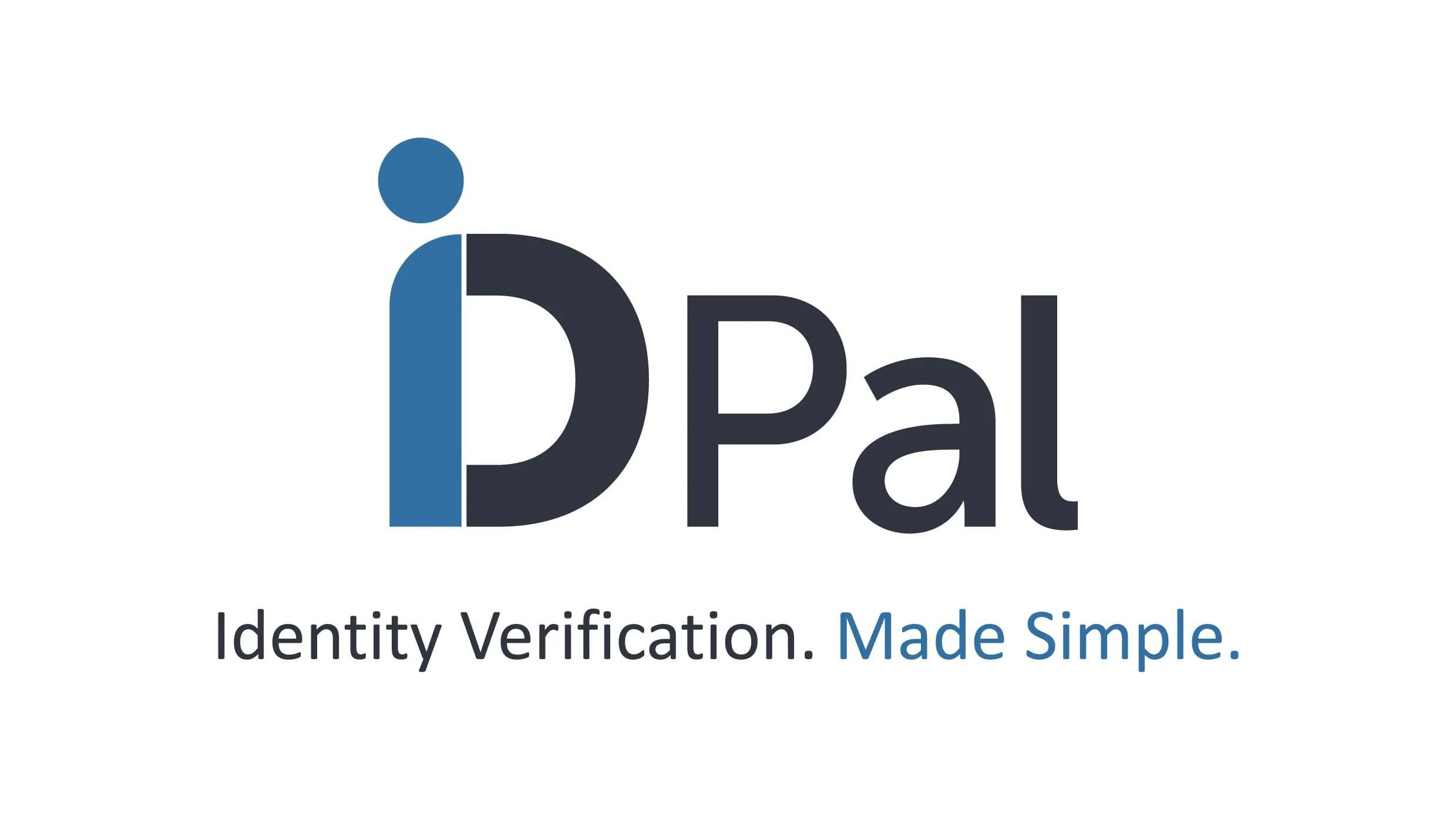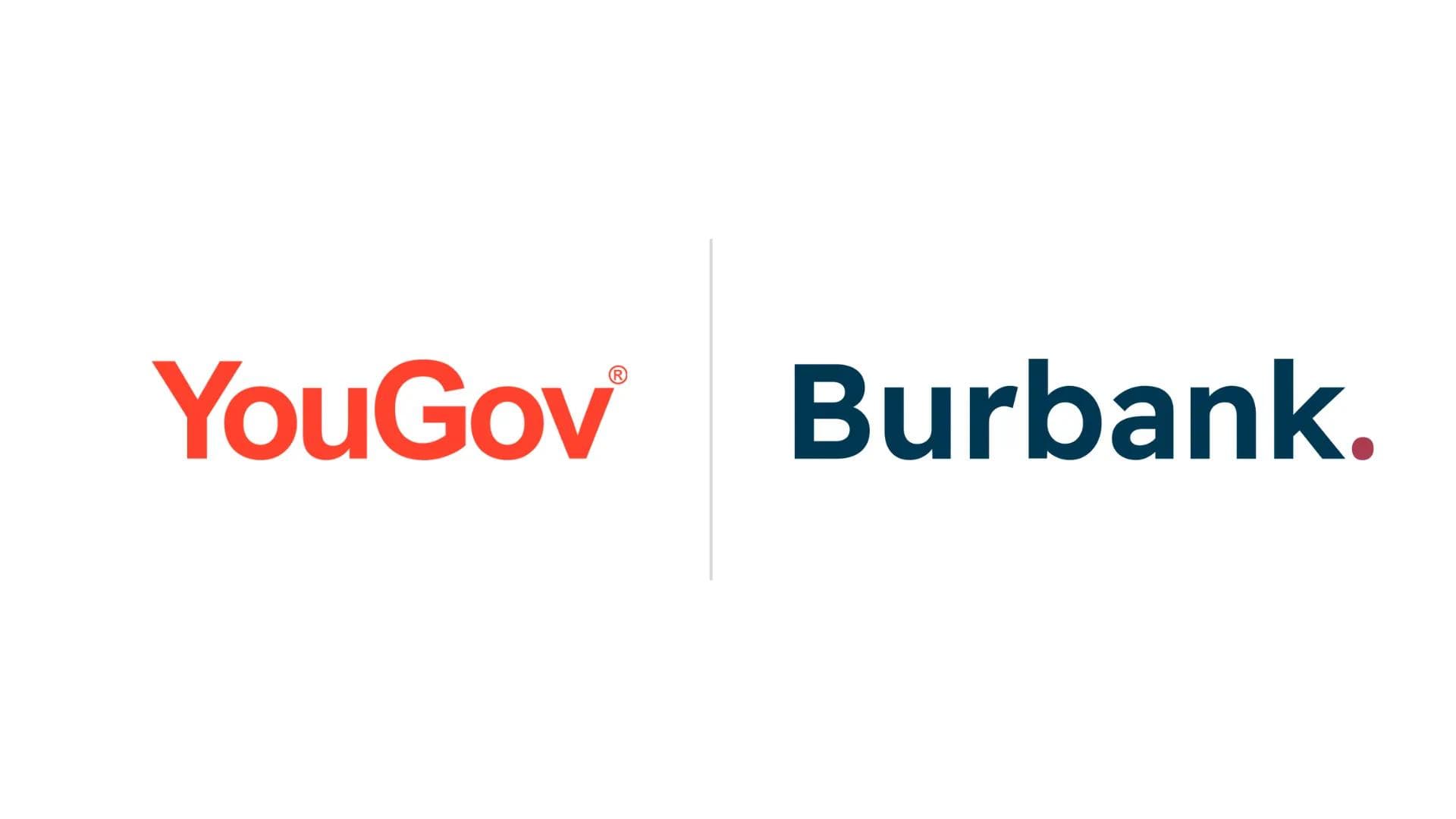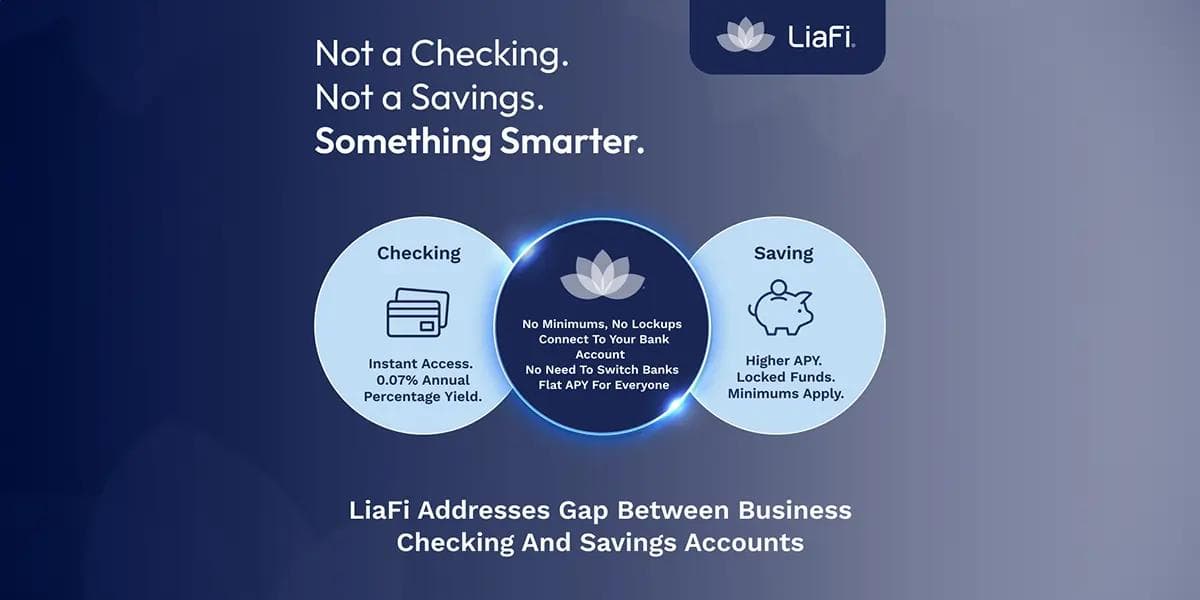Usage-Based Insurance: How Data-Driven Models Are Redefining Risk and Consumer Choice
Usage-Based Insurance: How Data-Driven Models Are Redefining Risk and Consumer Choice
Published by Wanda Rich
Posted on May 13, 2025

Published by Wanda Rich
Posted on May 13, 2025

Usage-Based Insurance (UBI) is gaining traction among auto insurers and consumers alike. Once limited to pilot programs, UBI is now being adopted at scale, offering an alternative to pricing models based primarily on demographics.
By using real-time driving data—such as mileage, speed, and braking behavior—UBI programs aim to deliver more accurate, individualized premiums. For consumers, this can translate to greater transparency and cost savings. For insurers, it provides a clearer view of risk.
According to the National Association of Insurance Commissioners (NAIC), interest in UBI is growing as drivers look for more control over their insurance costs amid rising premiums.
What Is Usage-Based Insurance?
Usage-Based Insurance (UBI) allows auto insurers to calculate premiums based on actual vehicle use and driving behavior, rather than static risk factors alone.
Most UBI programs fall into two categories:
These models rely on telematics technology, which may involve plug-in devices, factory-installed sensors, or mobile apps to collect real-time data. As the Insurance Information Institute explains, telematics enables more accurate pricing and more responsive risk modeling. Programs like Progressive’s Snapshot® illustrate how smartphone apps are making this technology accessible to the average driver.
What’s Driving Adoption?
Several key factors are accelerating the adoption of usage-based auto insurance in the United States. One of the most immediate drivers is cost. According to a recent Wall Street Journal report, auto insurance premiums surged more than 20% in 2023 and continue to rise in 2024, prompting consumers to seek more cost-effective alternatives. UBI programs offer potential savings—often between 10% and 30%—for low-mileage or safe drivers.
There’s also growing demand for pricing that reflects personal behavior rather than demographic averages. Drivers who consistently avoid speeding, hard braking, or nighttime driving see UBI as a fairer model that rewards caution and control behind the wheel.
Adoption is further enabled by shifts in consumer comfort with data-sharing. A McKinsey study found that while many consumers remain cautious, a substantial and growing segment is willing to share behavioral data with insurers in exchange for lower premiums or improved services.
The rise of connected devices also plays a role. As explained in Forbes, IoT technologies—ranging from in-vehicle sensors to smartphone-based telematics—are making it easier for insurers to collect real-time driving data at scale. This gives underwriters more accurate risk assessments and enables proactive engagement with policyholders.
While UBI adoption is most advanced in the U.S. market, similar programs are emerging in countries such as the United Kingdom, Italy, and South Africa, supported by regulatory openness and growing consumer interest.
Benefits and Drawbacks for Consumers
For many policyholders, usage-based auto insurance offers clear advantages—particularly for those who drive infrequently or practice safe driving habits. According to ValuePenguin, UBI programs can reduce premiums by up to 30% for qualifying drivers. Many insurers also offer rewards or discounts for maintaining consistent good driving behavior.
Another benefit is increased transparency. UBI participants often receive regular feedback on how their driving affects their premium, giving them greater visibility into risk factors and more control over pricing.
However, UBI programs also come with trade-offs. A Consumer Reports analysis warns that not all insurers are clear about how driving data is used—or how it may be shared. Privacy remains a concern, especially as telematics programs expand. Data security is another risk, particularly when third-party vendors are involved in data collection or analysis.
Pricing volatility is also an issue. Drivers who experience a stretch of risky behavior—such as frequent hard braking or late-night driving—may see premium increases. This unpredictability can create uncertainty, especially for those accustomed to stable annual rates.
According to the 2024 J.D. Power U.S. Auto Insurance Study, while more than half of drivers say they would consider enrolling in a UBI program, many remain cautious due to concerns about data misuse and unclear terms. Transparency and trust are likely to be deciding factors in broader adoption going forward.
The Broader Impact on the Insurance Industry
Usage-based insurance is reshaping the competitive dynamics of the auto insurance sector. As the market becomes increasingly digitized, UBI offers insurers a way to differentiate themselves through pricing accuracy, personalized engagement, and better alignment with consumer expectations.
Deloitte’s 2024 Insurance Industry Outlook highlights UBI as one of several technologies enabling insurers to modernize risk assessment and drive operational efficiency. Companies that integrate telematics and behavior-based pricing can reduce claims volatility, improve customer retention, and appeal to digitally native policyholders.
At the same time, UBI presents new regulatory and ethical challenges. As insurers collect increasingly detailed behavioral data, concerns around privacy, data ownership, and consent are rising. The National Association of Mutual Insurance Companies (NAMIC) emphasizes the need for clear disclosure policies and consumer protections to ensure that innovation does not come at the expense of trust. Several U.S. states have already proposed legislation to establish boundaries around data use in telematics programs.
These developments suggest that UBI is not simply a pricing mechanism—it represents a shift toward real-time, data-informed insurance models that will require both technological investment and thoughtful regulatory alignment. Insurers that adapt quickly and responsibly are likely to set the pace for the next phase of competition.
What Comes Next for Usage-Based Insurance
As usage-based insurance gains ground in the auto sector, its core principles—personalization, data-driven pricing, and real-time feedback—are starting to influence other areas of coverage. In healthcare, behavior-linked insurance models are emerging that reward policyholders for physical activity, preventive care, or medication adherence, supported by wearable technology and digital health platforms. Similarly, home insurers are exploring connected-device data to adjust pricing based on occupancy patterns, leak detection systems, and other smart-home indicators.
While auto insurance remains the most mature market for UBI, the broader trend is clear: risk pricing is becoming more individualized, more responsive, and more data-centric. For insurers, this presents both a challenge and an opportunity. For consumers, it reflects a shift toward more tailored coverage—where premiums increasingly reflect not just who you are, but how you live.
Explore more articles in the Top Stories category











